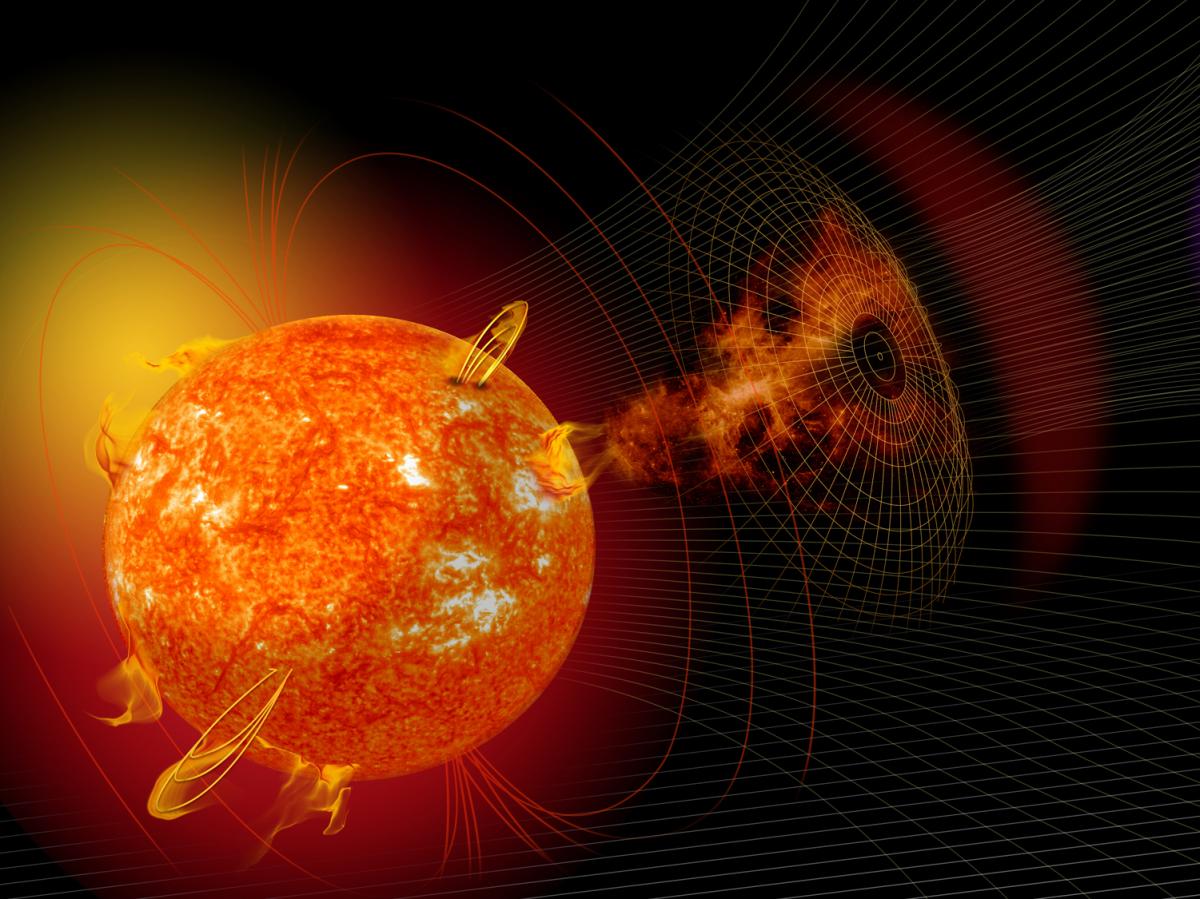D: Yaël, do you ever think about the risks the Apollo astronauts took in the name of science? It's amazing.
Y: You know, Don, the astronauts were at risk of something many people don't know about. The Sun.
D: The Sun? How could the Sun hurt an astronaut?
Y: Do you know what happened on August 7th , 1972?
D: 1972 . . . was that when bell‑bottom jeans were invented?
Y: That was when a massive solar flare occurred. It didn't hurt anyone on earth because our magnetic field largely shields us from the Sun's charged particles. But it would be a different matter if you were standing on the moon. The moon has no magnetic field, and a radiation blast from the Sun would smack you head‑on.
D: Are we talking about sunburn here?
Y: Radiation poisoning can be a lot worse than that. For example, a super flare, which is just a very energetic solar flare, was recorded in September of 1859 by astronomer Sir Richard Carrington. Using Carrington's data, modern astronomer Lawrence Townsend at the University of Tennessee calculated what the effect on astronauts would have been. He found that, had anyone been standing on the moon in 1859, the flare could have killed them.
D: Yikes!
Y: Luckily for us, the flare that occurred in 1972 fell between Apollo 16 and Apollo 17, so no one got sick. But if we go back to the moon ‑‑ or for longer trips, like Mars . . .
D: We'd better be prepared . . . for flares!









